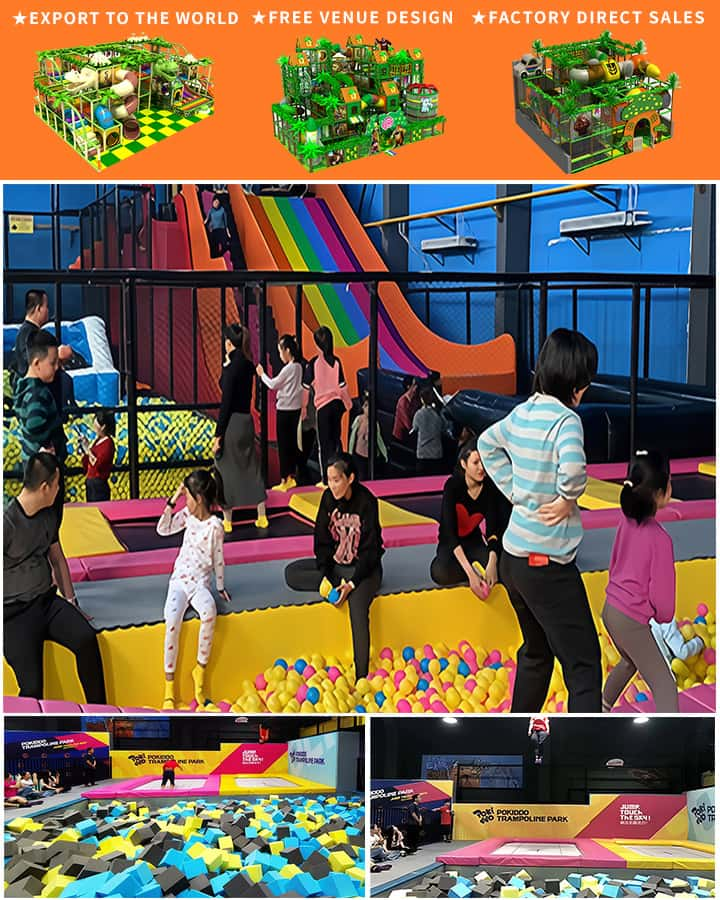In recent years, sensory play equipment has gained significant traction among parents, educators, and childcare providers. As our understanding of child development deepens, it becomes increasingly clear that engaging multiple senses through play is essential for a child’s cognitive, emotional, and physical growth. Sensory play equipment offers a diverse range of experiences that stimulate sight, sound, touch, taste, and smell, laying a foundational platform for lifelong learning and adaptability.
Understanding Sensory Play
Sensory play involves any activity that stimulates a young child’s senses. It allows children to explore their environment safely, fostering curiosity and creativity. Engaging in sensory activities can improve motor skills, cognitive abilities, and language development while also promoting emotional well-being.
Types of Sensory Play Equipment
- Tactile Sensory Equipment:
- Sand and Water Tables: These tables offer endless possibilities for exploration and experimentation. Children can dig, pour, mix, and mold sand or water, which helps refine fine motor skills and hand-eye coordination.
- Play Dough Kits: Manipulating play dough enhances tactile sensitivity and strengthens hand muscles. Adding tools like rolling pins and cutters can make this activity even more engaging.
- Visual Sensory Equipment:

- Light Tables: These tables come with built-in lights underneath a translucent surface, allowing children to explore various objects and colors in new ways by placing them on the illuminated platform.
- Mirrors and Reflective Surfaces: These materials fascinate young children and help develop spatial awareness and self-recognition.
- Auditory Sensory Equipment:
- Musical Instruments: Simple instruments like drums, xylophones, and shakers introduce children to different sounds and rhythms, enhancing auditory processing skills.
- Sound Machines: Devices that mimic natural sounds (like rain, ocean waves, or forest ambiance) can be calming and educational, teaching children about their environment.
- Olfactory and Gustatory Sensory Equipment:
- Herb Gardens and Aroma Kits: Growing herbs or using aroma kits introduces children to different scents, which can be linked to storytelling or cooking activities.
- Edible Play Dough: Made from safe ingredients, this play dough allows children to engage all their senses, including taste, in a fun and safe manner.
Benefits of Sensory Play Equipment
- Enhanced Learning: Sensory play encourages children to ask questions and seek answers, fostering a natural curiosity that is crucial for learning.
- Emotional Regulation: Activities that involve sensory engagement can have calming effects on children, helping them manage stress and anxiety.
- Improved Social Skills: Group sensory play promotes cooperation, sharing, and communication among children, essential social skills for their future interactions.
Practical Considerations
When choosing sensory play equipment, consider the following:
- Age Appropriateness: Ensure the equipment suits the child’s developmental stage.
- Safety: Opt for non-toxic, child-safe materials.
- Versatility: Select items that offer multiple uses to keep children engaged for longer periods.
- Portability: Depending on your setting, portable options are beneficial for easy storage and transport.
Final Thoughts
Integrating sensory play equipment into daily routines offers a multitude of benefits for young children. By stimulating their senses, such equipment not only makes playtime enjoyable but also supports critical aspects of development. Whether at home or in educational settings, investing in quality sensory play equipment is a step toward nurturing well-rounded, confident, and curious individuals.




